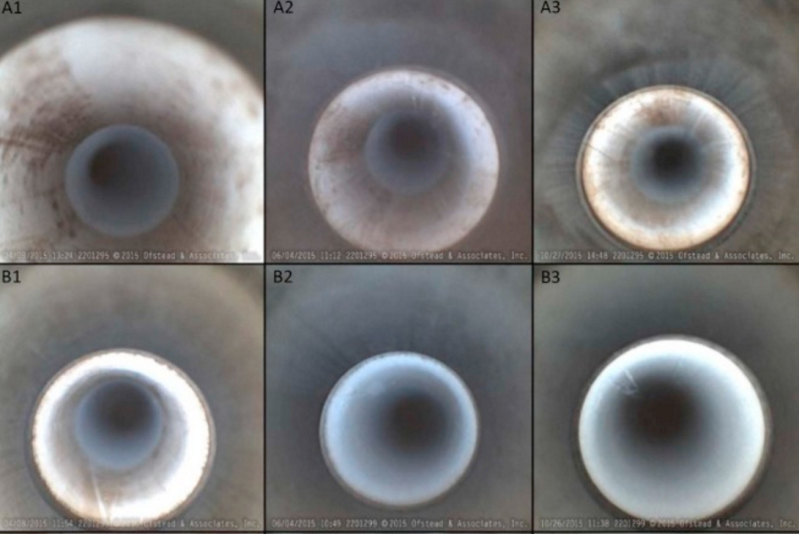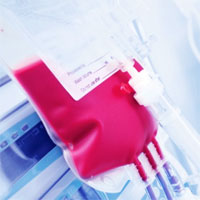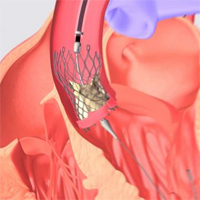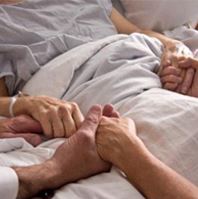
Manufacturer guidelines fall short for endoscope reprocessing
A just-published study finds that current endoscopic manufacturer cleaning instructions for a wide range of GI, urological and respiratory devices used in diagnostic procedures still fail to protect patients from the risk... read more

Hydrocortisone Fails to Prevent Septic Shock
Hydrocortisone failed to reduce the risk of septic shock in severe sepsis patients in recent research, though its authors held out hope that a larger study could show a better result. Current guidelines recommend hydrocortisone... read more
Six myths promoted by the new surviving sepsis guidelines
The Rivers trial and the Surviving Sepsis Campaign popularized sepsis protocols, which saved lives. Massive accomplishment. However, that doesn’t validate the individual components of early goal-directed therapy. Any protocol... read more

Benefits and harms of duloxetine for treatment of stress urinary incontinence
Duloxetine was significantly better than placebo in terms of percentage change in weekly incontinence episodes (mean difference - 13.56%, 95% confidence interval [CI] -21.59% to -5.53%) and change in Incontinence Quality... read more

Critical Care Patients Benefit From Restrictive Transfusion Strategy
Although a restrictive transfusion strategy significantly reduces the risk for 30-day all-cause mortality in critical care patients, its benefits are less clear in perioperative patients, according to a meta-analysis by a... read more

Scientist Invents Hand-Held Breath Monitor to Detect Flu
Dr. Perena Gouma, a professor at the University of Texas at Arlington, has published an article in the journal Sensors that describes her invention of a hand-held breath monitor designed to detect the flu virus. Gouma’s... read more

Transcatheter Aortic Valve Replacement in Younger Individuals
When a patient has an aortic valve that requires replacement because the native valve is diseased, 2 types of valves can be used - mechanical valves or bioprosthetic valves, also known as tissue valves. Bioprosthetic valves... read more

Protocol Lacking for Post-op Delirium
While 70% of anesthesiologists say they "frequently" or "occasionally" encounter postoperative delirium in their practices, more than three-fourths (77%) lack a process to screen for at-risk patients.... read more

Lower C. difficile mortality with vancomycin than metronidazole
Treating Clostridium difficile infection with vancomycin achieves the same recurrence rates as does treatment with metronidazole, but with a significantly lower 30-day mortality, new research suggests. The 30-day mortality... read more

Transmission of Staphylococcus aureus between health-care workers, the environment, and patients in ICU
Between Oct 31, 2011, and Dec 23, 2012, we sampled 198 health-care workers, 40 environmental locations, and 1854 patients; 1819 isolates were sequenced. Median nasal carriage rate of S aureus in health-care workers at 4-weekly... read more

Clinical Massage, Guided Imagery Show Promise as Tools to Relieve Pain, Anxiety and Insomnia for Hospitalized Patients
Clinical massage and guided imagery may have a substantial, positive impact on patients' comfort at a very low cost, according to a study published in Critical Care Nurse. Researchers with Beaumont Health System in Royal... read more

A randomized placebo-controlled phase II study of a Pseudomonas vaccine in ventilated ICU patients
This phase II study has shown that IC43 vaccination of ventilated ICU patients produced a significant immunogenic effect. P. aeruginosa infection rates did not differ significantly between groups. In the absence of any difference... read more

Exacerbation of COPD: Causes, Warning Signs, and Treatment
What is a COPD exacerbation and what are the main causes? Learn about what the symptoms are and what is suggested to try to prevent COPD. Most commonly referred to as COPD, the term describes emphysema and chronic bronchitis.... read more

Study shows brute force antibiotics can overcome resistance
Researchers at the University College London have developed a new method that may overcome antibiotic resistance in bacterial cells. The team used sensitive equipment to measure the mechanical forces that four different antibiotics,... read more

Medical residents spend more time using computers than on patient interaction
At a teaching hospital in Switzerland, internal medicine residents spent an average of 52.4% and 47.9% of the day shift and evening shift, respectively, on activities indirectly related to the patient and spent 28.0% and... read more

Culture-Negative Severe Sepsis: Nationwide Trends and Outcomes
CNSS among hospitalized patients is common, and its proportion is on the rise. CNSS is associated with greater acute organ dysfunction and mortality. Having CNSS is an independent predictor of death. Of 6,843,279 admissions... read more

SCCM Congress Session Centers on Physician-Assisted Suicide
Physician-assisted suicide and euthanasia (PAS/E) is a topic of intense debate in society, not least among critical care medicine specialists, who treat many patients at or near the end of life. Watch a video that features... read more









